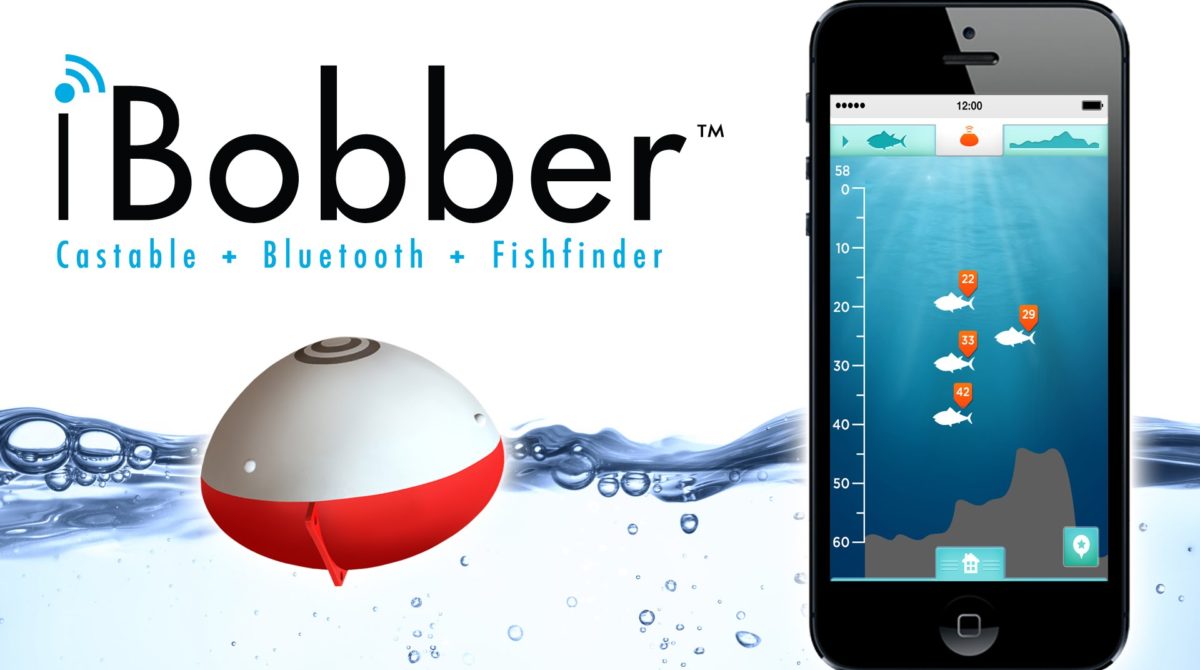The rainbow trout is an elongated fish with sides that fade from green below the dorsal fin to yellow to white. A pink to red stripe runs laterally along the sides in the rainbow. Small, brown spots are normally found for the head, body and a lot with the fins. The black spots for the caudal fins apparently be in rows.
The rainbow trout (Oncorhynchus mykiss) is native to tributaries of the Pacific Ocean in Asia and North America. The steelhead is really a sea run rainbow trout (anadromous) usually here we are at freshwater to spawn after two or three years at sea. The species has been introduced for food or sport to at least 45 countries, every continent except Antarctica. In some locations, like Southern Europe, Australia and South America, they have got negatively impacted upland native fish species, either by eating them, outcompeting them, transmitting contagious diseases, (like Whirling disease transmitted by Tubifex) or hybridization with closely-related species and subspecies which are native to western North America..
Bighorn & Green River Fishing Guide Report: April is off and away to a fantastic start and thus is the flyfishing around the Bighorn and Green Rivers. We have been busy on both rivers and having a wonderful Wyoming spring. Rivers will likely not see major run-off this season, but we need to have plenty of water. The rainbows are spawning in shallow rock bottoms inside the both rivers, so please avoid fishing on the redds while keeping focused on the deeper water. We have had great luck catching nice brown trout below the redds. Curious about good spring tailwater patterns click this link to
Athabasca Rainbow Trout can be a distinct population of Rainbow Trout, and therefore are much smaller than another form of this fish. Considered a “remnant population” in the last ice age, it is thought the Athabasca Rainbow Trout has were able to survive in their unique coldwater habitat by maintaining some juvenile features, for example its ‘dwarfed’ size and “parr” marks, into adulthood.
Your fishing tip of the week is keep your rod angle as well as your fish reeling moderate for optimum success. A way too high rod angle gives the fish leverage to tear the hooks out. A low rod angle doesn’t allow your rod to buffer the head shakes and twists in the fish. Too slow a retrieve provides fish a lot of time to shake off. Too fast a retrieve allows the fish leverage to tear off the hooks.
